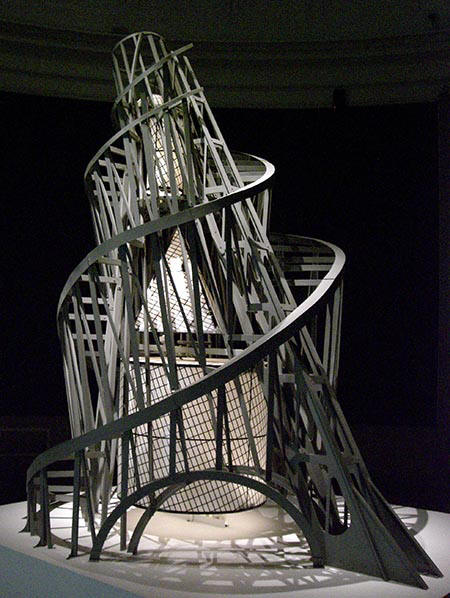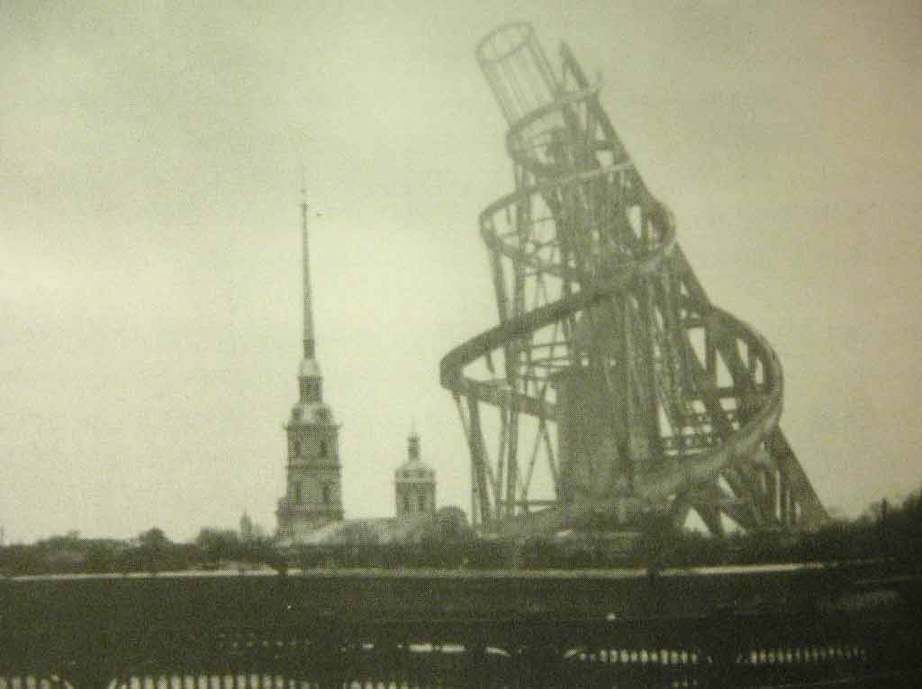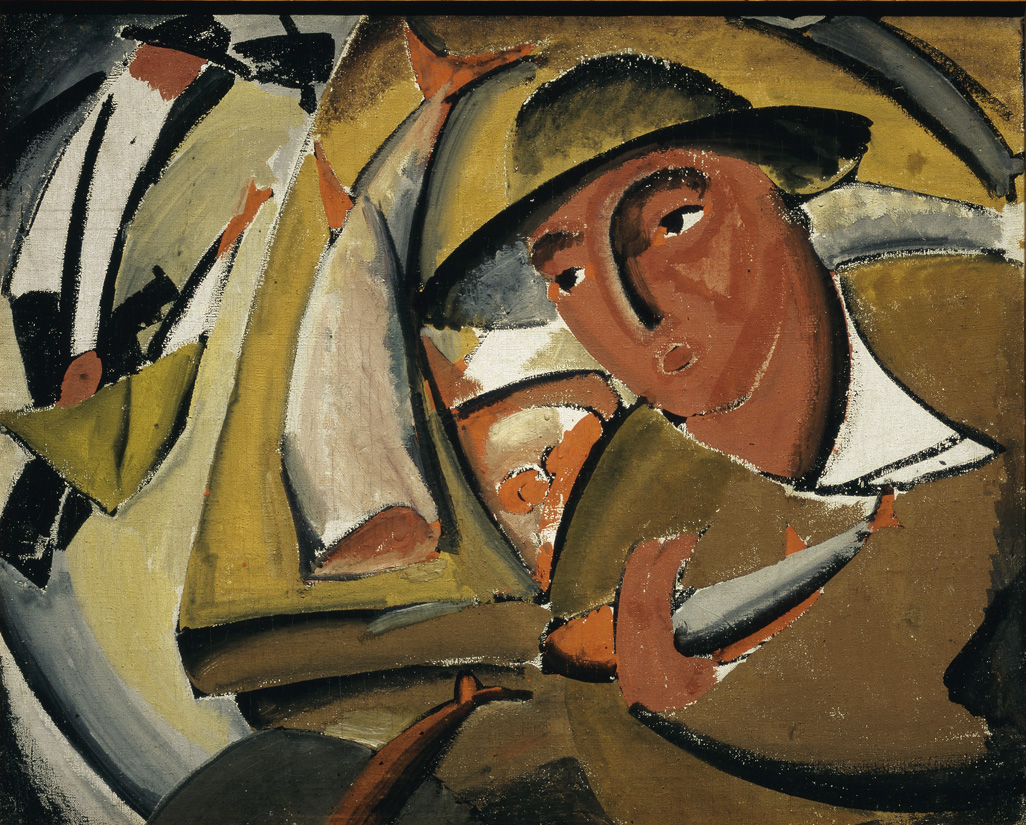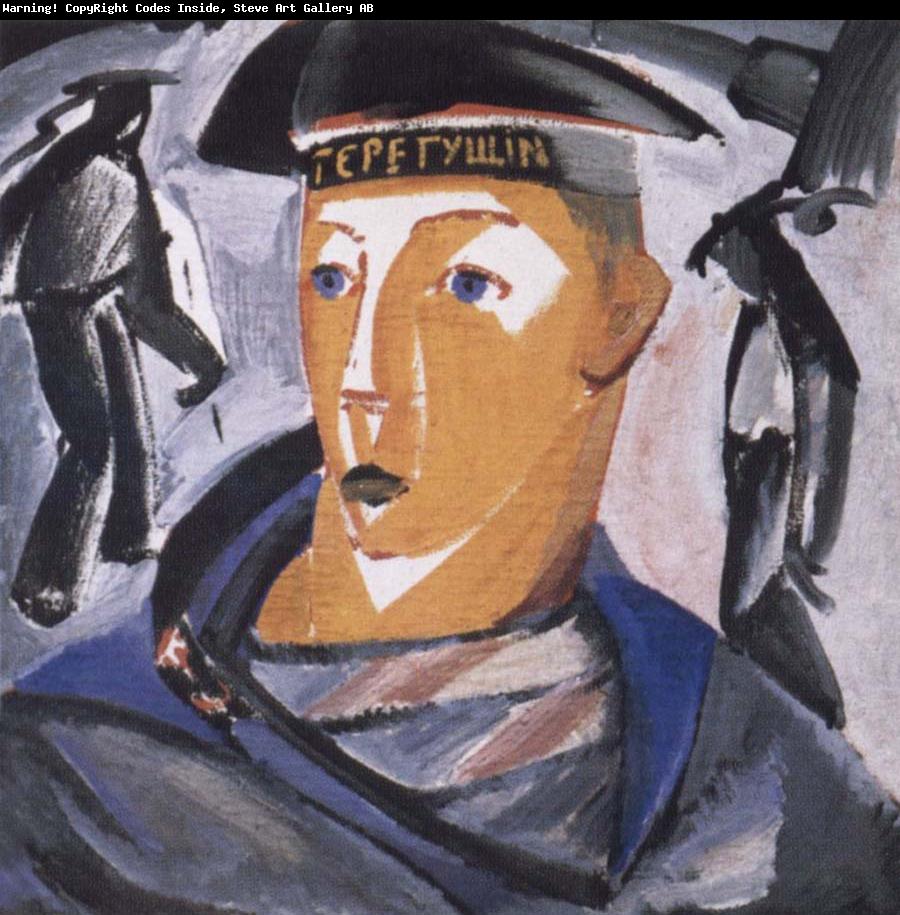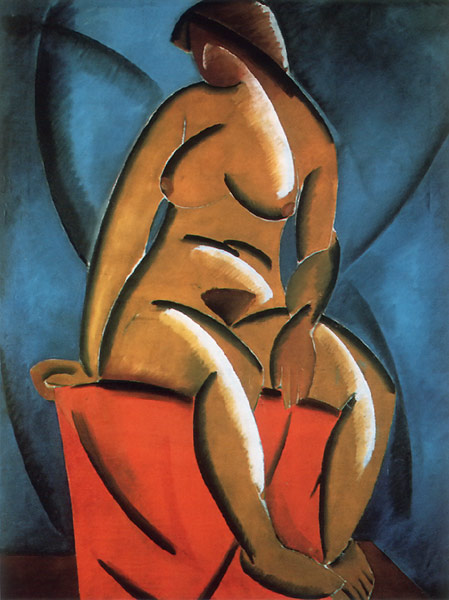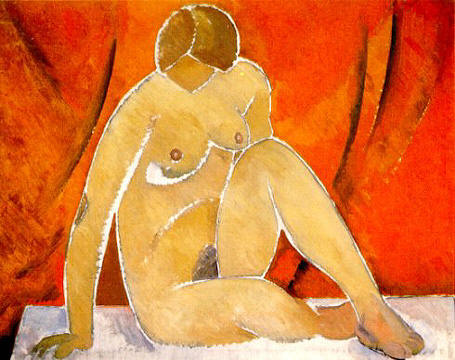<Back to Index>
- Painter and Architect Vladimir Yevgrafovich Tatlin, 1885
PAGE SPONSOR
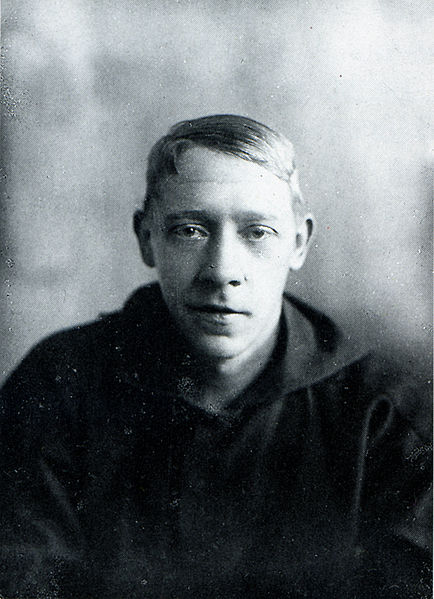
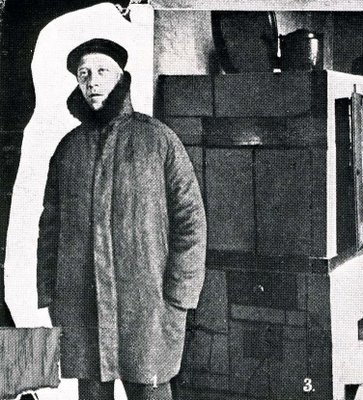
Vladimir Yevgrafovich Tatlin (Russian: Влади́мир Евгра́фович Та́тлин) (December 28 [O.S. December 16] 1885 – May 31, 1953) was a Russian and Soviet painter and architect. With Kazimir Malevich he was one of the two most important figures in the Russian avant garde art movement of the 1920s, and he later became the most important artist in the Constructivist movement. He is most famous for his attempts to create the giant tower, The Monument to the Third International.
Tatlin was born in Kharkiv, Ukraine, Russian Empire, the son of a railway engineer and a poet. He worked as a merchant sea cadet and spent some time abroad. He began his art career as an icon painter in Moscow, and attended the Moscow School of Painting, Sculpture and Architecture. He was also a professional musician - bandurist, and performed as such at the Paris World Fair in 1906.
Tatlin achieved fame as the architect who designed the huge Monument to the Third International, also known as Tatlin's Tower. Planned in 1920, the monument, was to be a tall tower in iron, glass and steel which would have dwarfed the Eiffel Tower in Paris (the Monument to the Third International was a third taller at 1,300 feet high). Inside the iron - and - steel structure of twin spirals, the design envisaged three building blocks, covered with glass windows, which would rotate at different speeds (the first one, a cube, once a year; the second one, a pyramid, once a month; the third one, a cylinder, once a day). High prices prevented Tatlin from executing the plan, and no building such as this was erected in his day.
Tatlin was also regarded as a progenitor of Russian post - Revolutionary Constructivist art with his pre-Revolutionary counter - reliefs — structures made of wood and iron for hanging in wall corners. He conceived these sculptures in order to question the traditional idea of painting, though he did not regard himself as a Constructivist and objected to many of the movement's ideas. Later prominent constructivists included Varvara Stepanova, Alexander Rodchenko, Manuel Rendón Seminario, Joaquín Torres García, Laszlo Moholy - Nagy, Antoine Pevsner and Naum Gabo.
Although colleagues at the beginning of their careers, Tatlin and Malevich quarrelled fiercely and publicly at the time of the 'Zero - Ten' (0.10) exhibition in 1915 (long before the birth of Constructivism), also called "the last futurist exhibition", apparently over the 'suprematist' works Malevich exhibited there. This led Malevich to develop his ideas further in the city of Vitebsk, where he found a school called UNOVIS (Champions of the new art).
Tatlin also dedicated himself to the study of clothes, objects and so on. At the end of his life he started to research bird flight, in order to pursue one of the great dreams of humanity: to fly.
Tatlin was buried at the Novodevichy Cemetery in Moscow.
